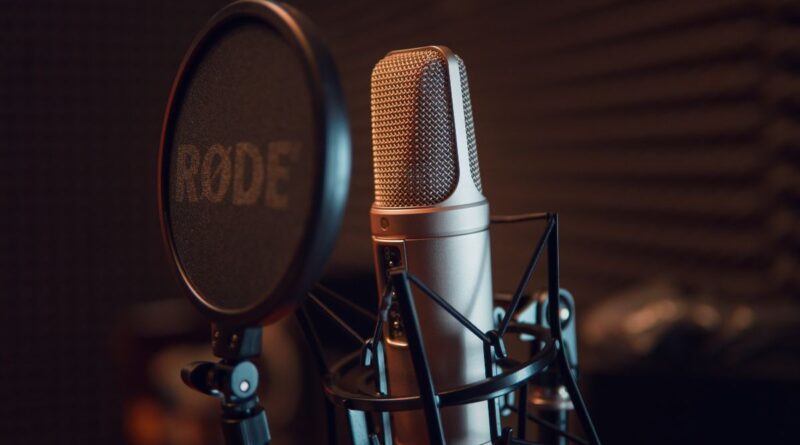Choosing the right microphone for streaming can significantly impact your content quality. As a content creator, I understand that selecting the perfect mic from countless options might feel overwhelming. The important thing is to match your specific needs with the right type and features. Whether you’re just starting or looking to upgrade your setup, I’ll guide you through the essential aspects to consider, helping you make an informed decision that fits your streaming goals and budget.
Spis treści:
Types of Microphones for Streaming
Three main types of microphones dominate the streaming scene: USB microphones, XLR microphones, and dynamic microphones. USB microphones offer plug-and-play simplicity, making them perfect for beginners. They connect directly to your computer and don’t require additional equipment. XLR microphones provide professional-grade audio quality but need an audio interface. These are ideal if you’re serious about audio quality and willing to invest in your setup. Dynamic microphones excel at isolating your voice and reducing background noise, making them perfect for noisy environments.
Budget Considerations
Your budget will significantly influence your microphone choice. Entry-level USB microphones typically range from $50 to $150, offering good quality for beginners. Mid-range options, including both USB and XLR microphones, fall between $150 and $300, providing better sound quality and additional features. Professional-grade microphones, usually XLR, can cost $300 or more. Remember to factor in additional costs for XLR microphones, such as an audio interface, cables, and possibly a mixer.
Important Features to Consider
Several essential features can make or break your streaming experience. Polar patterns determine how the microphone picks up sound – cardioid patterns are most common for streaming as they focus on sound directly in front of the mic. Built-in pop filters help reduce plosive sounds, while shock mounts minimize vibrations from desk bumps. Some microphones include gain control and mute buttons, which can be incredibly convenient during streams. Consider whether you need headphone monitoring capabilities, allowing you to hear yourself in real-time without delay.
Room Acoustics and Setup
Even the best microphone won’t perform well in poor acoustic conditions. Consider your streaming environment when choosing a microphone. If you stream in a room with lots of echo, a dynamic microphone might work better as it picks up less ambient noise. For treated rooms or quiet spaces, a condenser microphone can capture more detail in your voice. Some microphones come with software that can help reduce background noise and echo, which might be worth considering if you can’t modify your room acoustics.
Final Recommendations
For beginners, I recommend starting with a quality USB microphone that offers good sound quality and ease of use. As you grow your stream and understand your specific needs better, you can consider upgrading to an XLR setup. The most important factor is choosing a microphone that matches your environment, budget, and technical expertise. Remember that the most expensive option isn’t always the best for your situation. Focus on finding a reliable microphone that you can use consistently and effectively.
